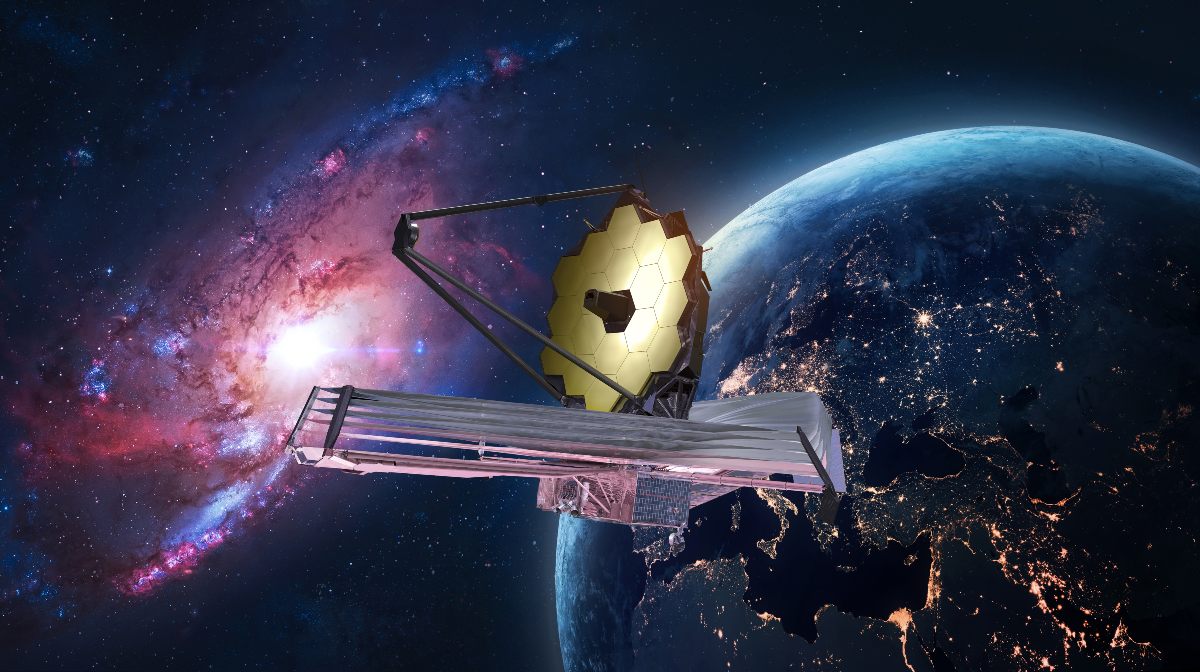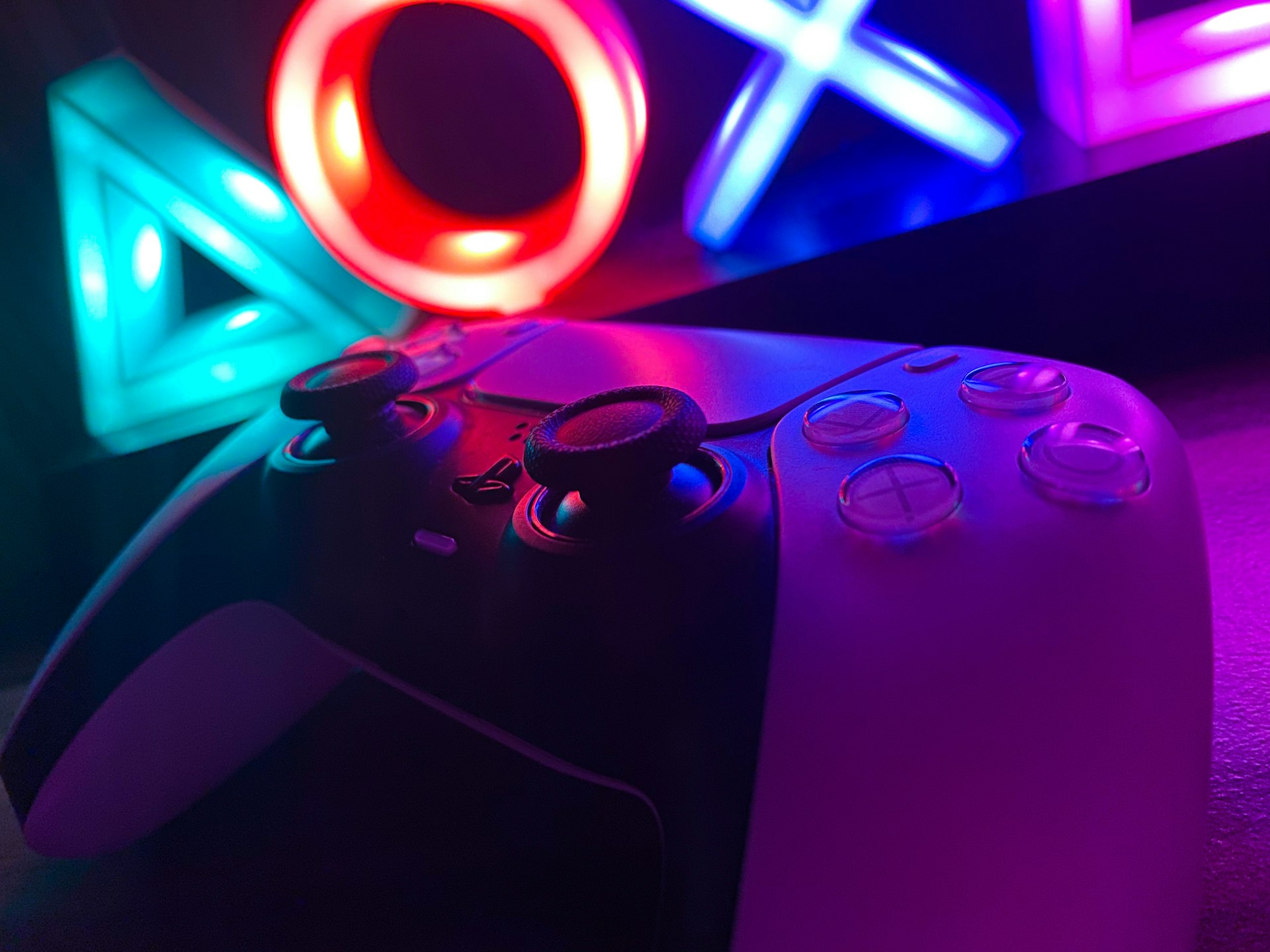Last Friday morning, February 22, a Virgin Galactic spacecraft called SpaceShipTwo VSS Unity lifted off from the Mojave Air and Space Port in California, heading for the edge of space. British billionaire Richard Branson’s project has made satisfactory progress in its goal: to create suborbital flights for space tourists.
Through a Tweet, the company Virgin Galactic, announced about Beth Moses, chief instructor of spaceflight astronauts and who for this occasion was sent in order to evaluate the customer experience and the cabin:
“She will provide human validation for the data we collect, including aspects of the customer’s cockpit and spaceflight environment from the perspective of the people in the back.”
Virgin Galactic, a battle to usher in an era of suborbital space tourism
The trip to the edge of space by Branson’s company is nothing more than the fruit of decades of effort by several companies to make suborbital space tourism frequent and safe.
Therefore, they intend that the vehicles can fly high enough to briefly enter space. This way it could provide a few minutes of zero gravity, and then return to Earth, and indeed that is what SpaceShipTwo did.
At an altitude of 44,000 feet, the unit accelerated to approximately three times the speed of sound and reached an altitude of 89.9 kilometers. That is, at least 10 times the average altitude of a commercial aircraft.
SpaceShipTwo's rocket motor burn from today's space flight 🚀 pic.twitter.com/SC4hJSt33Z
— Virgin Galactic (@virgingalactic) February 22, 2019
Virgin Galactic and Blue origin go for space tourism
For his part, Jeff Bezos, founder of Amazon and aerospace company Blue Origin, also interested in space tourism, questioned Virgin Galactic’s capabilities. He states that one of the problems that his main competitor in this field will have to face is that they are not yet flying above the Kármán line (height where space begins) and that he is not confident that the current vehicle will be able to do so.
There is no official boundary indicating exactly where the earth ends and space begins, but NASA and the U.S. Air Force consider it to be at an altitude of 50 miles (80.4672 km).
For his part, Bezos insisted in a conversation moderated by Jeff of Space News that the edge of space is defined at 62 miles high (100 km).
Virgin Galactic has not responded to Bezos’ claims, however, the company was very optimistic and commented:
“It was the first time a non-pilot flew aboard a commercial spacecraft into space, in addition, it was also the first time a crew member floated freely unrestricted in weightlessness in space aboard a commercial spacecraft.”
According to Bezos, his company Blue Origin planned to launch its first people on the New Shepard, a fully reusable autonomous rocket capsule and space capsule system.
In a statement, Branson added:
“Having Beth flying in the cockpit today begins to ensure that our customers’ journey is as flawless as the spacecraft itself. It provides a great sense of anticipation and excitement for all of us here waiting to experience space. The next few months promise to be the most exciting.”
You can also read: Chinese space probe landed on the far side of the Moon




